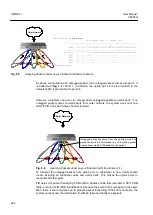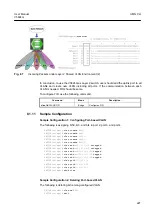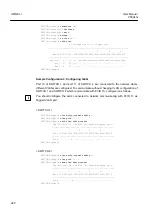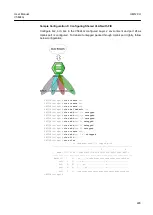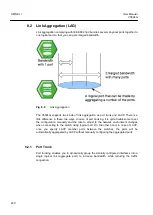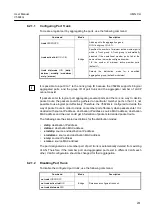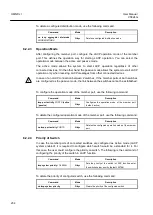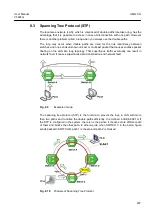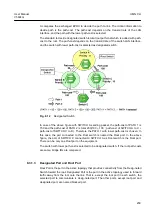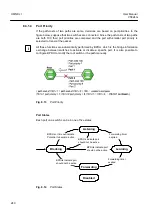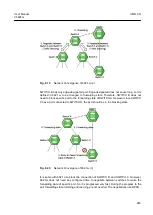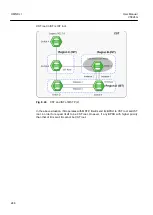
UMN:CLI
User Manual
V5824G
238
Meanwhile, the rapid spanning tree protocol (RSTP) defined in IEEE 802.1w dramatically
reduces the time of network convergence on the spanning tree protocol (STP). It is easy
and fast to configure new protocol. The IEEE 802.1w also supports backward
compatibility with IEEE 802.1d.
8.3.1
STP Operation
The 802.1d STP defines port state as blocking, listening, learning, and forwarding. When
STP is configured in LAN with double paths, switches exchange their information
including the bridge ID.
It is named as BPDU (Bridge Protocol Data Unit). Switches decide port state based on
the exchanged BPDU and automatically decide an optimized path to communicate with
the root switch.
8.3.1.1
Root Switch
The most important information to decide the root switch is bridge ID. A bridge ID is
composed of 2 bytes-priority and 6 bytes-MAC address. The root switch has the lowest
bridge ID.
Fig. 8.11
Root Switch
After configuring STP, these switches exchange their information. The priority of SWITCH
A is 8, the priority of SWITCH B is 9, and the priority of SWITCH C is 10. In this case,
SWITCH A is automatically configured as the root switch.
8.3.1.2
Designated Switch
After deciding the root switch, while SWITCH A transmits packets to SWITCH C, SWITCH



